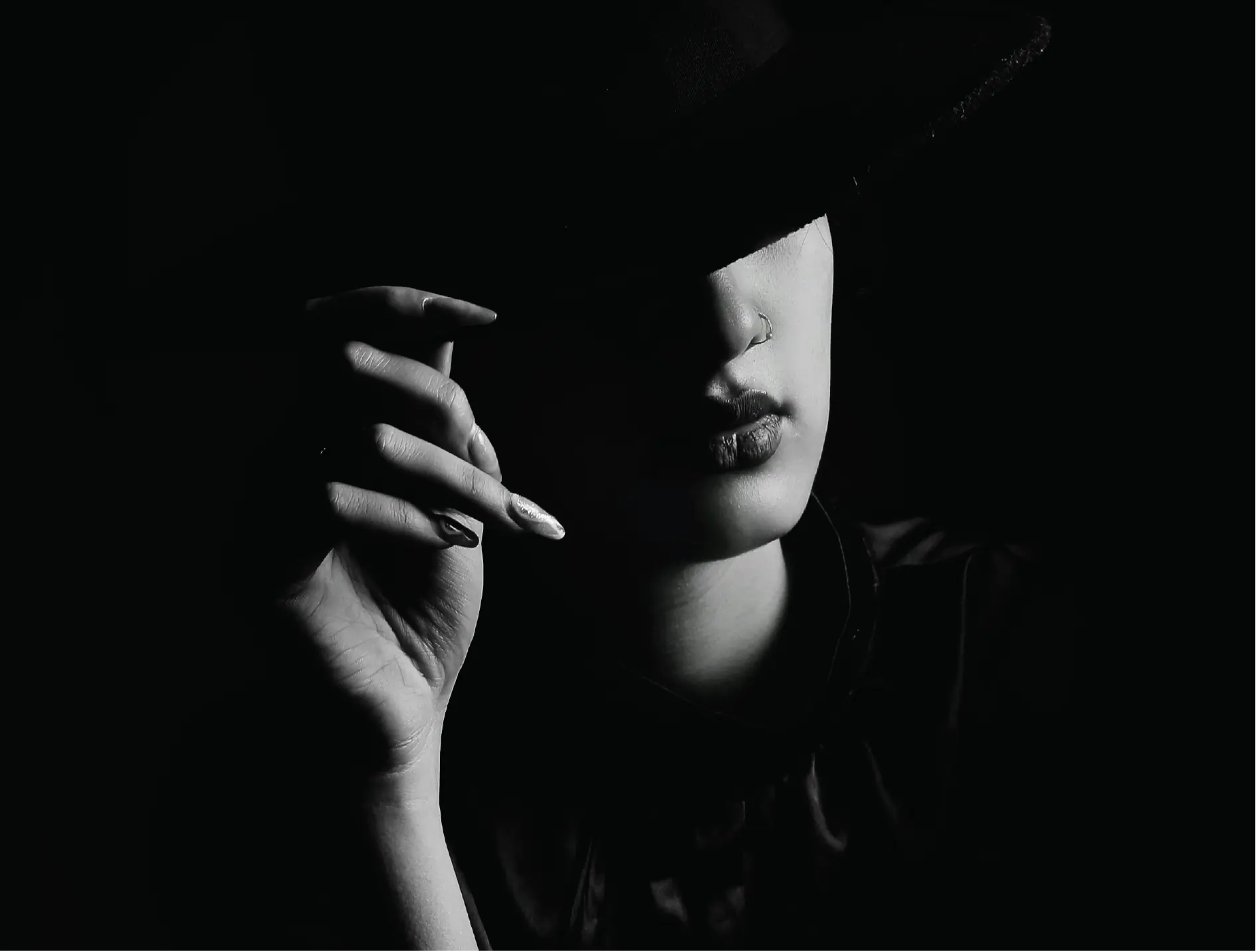In the dynamic world of fashion, where trends come and go, there’s one unexpected accessory that’s taken the industry by storm – the Stanley Cup. No, not the iconic trophy awarded to champions of the National Hockey League, but the humble Stanley Quencher H2.0 40oz Tumbler. What began as a simple, utilitarian product in 1913 has evolved into a cultural phenomenon, with its popularity soaring from $73 million to a staggering $750 million in just a few short years.
Stanley Strategy: Rebranded
So, how did the Stanley Cup achieve such unprecedented success? The story begins with a strategic rebranding and marketing effort led by Terrence Reilly, who joined the company as President in 2020 after a successful tenure as Chief Marketing Officer for Crocs. Drawing inspiration from the “Crocs-ification” strategy, Terrence Reilly applied similar tactics to the Stanley Cup, leveraging drop releases, exclusivity, and FOMO (fear of missing out) to create buzz and demand, and TikTok influence.
One key element of the Stanley Cup’s success lies in its ability to tap into the power of exclusivity and scarcity. By creating limited-edition releases and building anticipation through waitlists and targeted marketing, Stanley effectively cultivated a sense of urgency and desire among consumers. This strategy drove sales and transformed the Stanley Cup into a coveted fashion accessory, with enthusiasts eagerly collecting different colors to match their outfits.
Additionally, Stanley leveraged the powerful impact of TikTok influencers to amplify its brand presence and reach a younger audience. With the Stanley Cup becoming a viral trend on TikTok, the brand experienced an explosion of popularity, further fueling its growth and success.
Stanley within the Fashion Space
When the pink color was released at Target for Valentine’s Day, people were so eager to get their hands on the limited edition Stanley Cup that they camped outside the stores overnight, ensuring they would be among the first to purchase the coveted item. This remarkable enthusiasm further solidified the Stanley Cup as a functional accessory and a fashion statement.
The reach of this takeover extends to the fashion industry and over the globe, as Stanley makes its debut on the runway at Australian Fashion Week. As one of the sponsors of the event, the iconic cup showcases how it fits seamlessly into fashion in a very different way than what is typically expected. The 110-year-old brand goes as far as having launched its first-ever clothing collection in early 2024 to match its famed tumblers.
The Stanley Cup phenomenon is a compelling case study of brand positioning that can inspire fashion business majors, highlighting the importance of branding, marketing, and consumer psychology in building a successful fashion brand. By understanding the principles behind the Stanley Cup’s rise to prominence, students can gain valuable insights into how to create and grow their fashion businesses in Miami and beyond.
Written by Nathalie Tessier, Fashion Business Program Leader



